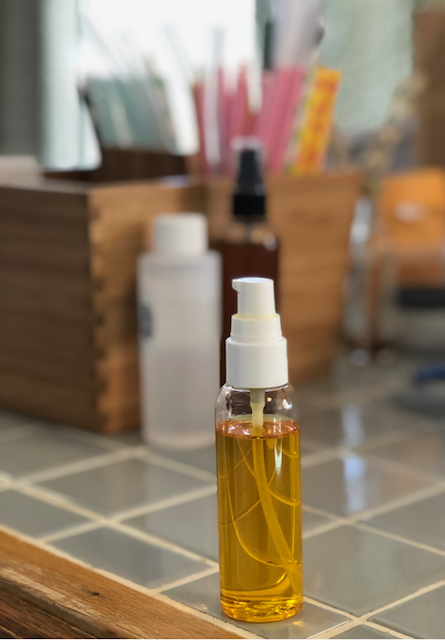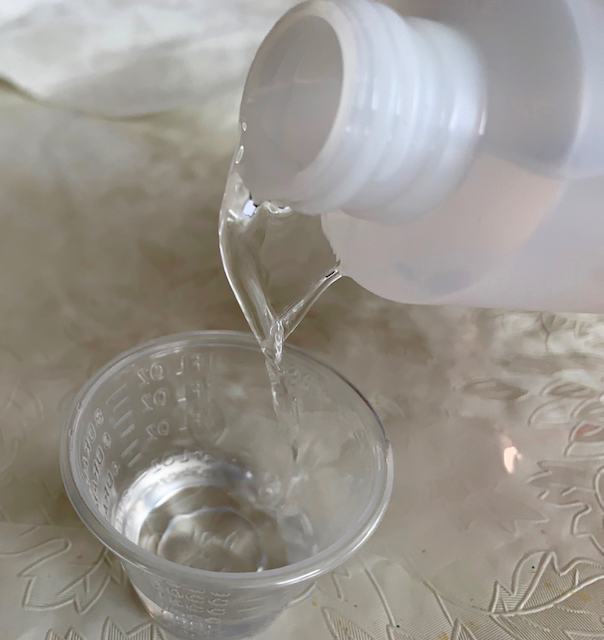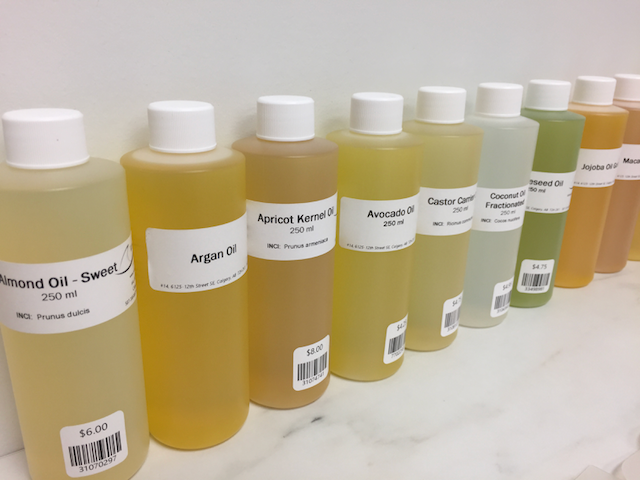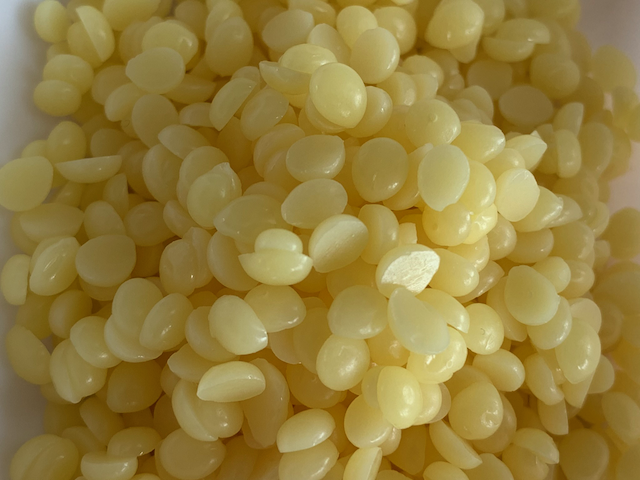Creating a decadent dry brushing oil with isododecane with an aside about grape seed oil
I’ve been playing a lot with isododecane, that very light, non-greasy, non-polar hydrocarbon we met the other day, and wanted to share another formula we’re loving around the SwiftCraftyMonkey house during these drier winter months! I can’t believe how itchy I’ve been feeling since the humidity dropped back in December. Yeah, I know, it’s like...




